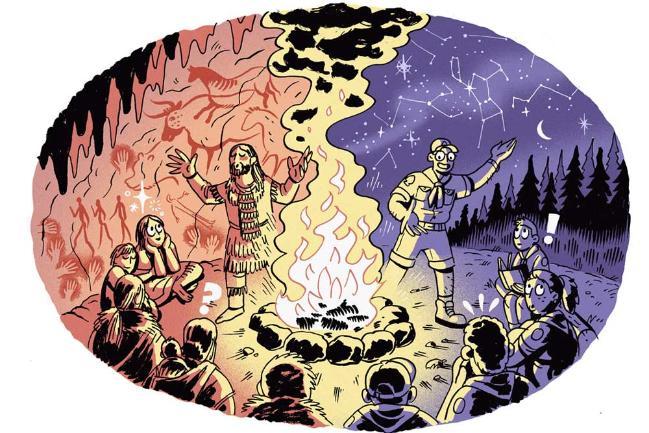Storytelling for science communication toolkit
Dr Hannah Little, Lecturer in Communication and Media, has created a toolkit to help science communicators make their stories more memorable. The toolkit is free to download and use.

Humans have used stories to understand the world around us for millennia, from folktales to news stories, and from movies to the gossip we collect in the local pub.
Science communicators have long been trying to monopolise on this most human instinct to hear and pass on the information we hear in the form of stories. For science communication, stories enable us to foreground relevance, emotion and engagement, which can be used to persuade audiences or make information stick with people.
The storytelling for science communication toolkit is not intended as an introduction to storytelling practice. Instead, it is concerned with tactics to make our storytelling in science communication more memorable. The fields of cultural evolution and cognitive science have been investigating the cognitive biases that make some stories stick with us while others are lost, and what makes us remember information from the stories we hear.
In this toolkit, we will describe different cognitive biases for storytelling, cover the empirical evidence that indicates what these biases are and how they work, and explore how they might be useful for science communication, but also areas where science communicators might want to be careful. While cognitive biases can be powerful tools for engagement, it is crucial to use them responsibly and ethically. Therefore, the toolkit also considers the objectives, scientific integrity, and well-being of their audience as we discuss each bias.